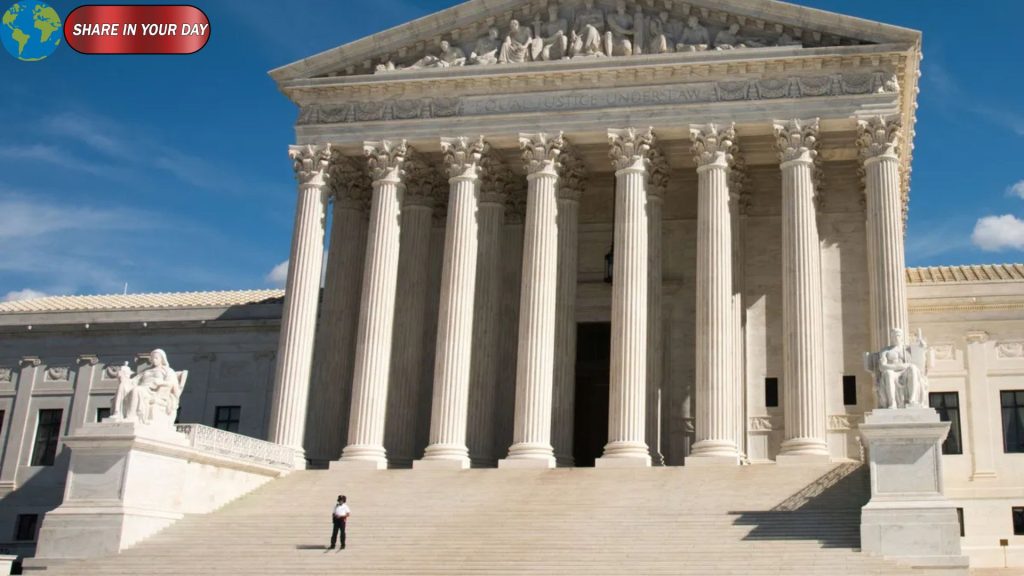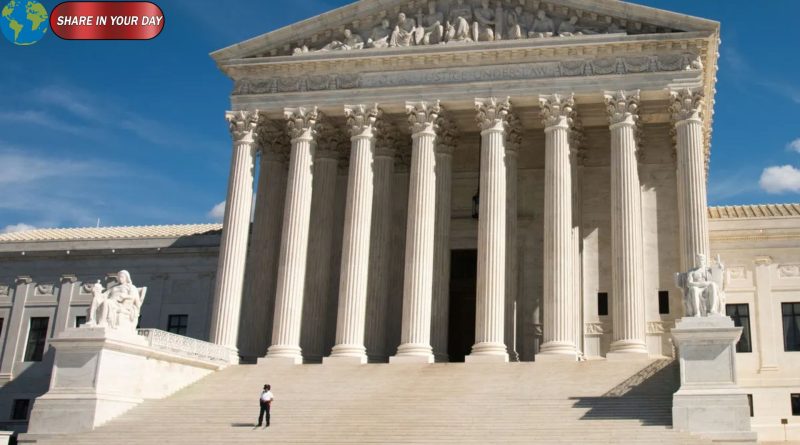The Hidden Architectural Symbolism of the U.S. Supreme Court Building
The U.S. Supreme Court building in Washington, D.C. is more than the seat of America’s highest court. It is a carefully calibrated monument — one that encodes political, aesthetic, and ideological statements in stone, marble, and iconography. Beneath its elegant neoclassical façade lies a subtle architectural mystery: how the building’s design reflects tensions about power, justice, and national identity.
A Monument to Justice — or to Authority?
When architect Cass Gilbert (with later contribution from his son) finished the Supreme Court building in 1935, he envisioned a structure that would rival classical temples — befitting what many contemporaries saw as the “temple of the law.” The style is resolutely neoclassical: towering Corinthian columns, grand marble steps, and symmetrical wings that echo the ideals of permanence, gravitas, and order.
But from its early days, the Court’s architecture was not without critics. Some Supreme Court justices found the aesthetic too imposing — too imperial. Justice Louis Brandeis, for example, reportedly “detested” the Roman character of the design, seeing it as an assertion of power over reason. The building was meant to evoke authority, but for some it overshadowed democratic ideals of transparency and accessibility.
Marble, Materials, and Message
One of the building’s central mysteries lies in Gilbert’s choices of materials — what they communicate and how they were procured. The public facades are sheathed in Vermont marble, while the less visible interior courtyards use Georgia marble. Yet for the Courtroom itself, Gilbert made a bold choice: the columns lining the chamber are carved from Italian marble — specifically from the Montarrenti quarries near Siena.
Why turn to Italian marble when American stone was available? The decision seems ideological as much as aesthetic. Gilbert believed that only the refined hue and veining of the Italian marble matched the dignity demanded by the Court’s highest forum. In fact, in 1933, he personally traveled to Rome and negotiated for the stone — even meeting with Mussolini to secure access. That diplomatic twist casts the building in a peculiar light: a seat of American jurisprudence infused with foreign material and embroiled in symbolic power plays.
Iconography & Hidden Meanings
The building’s interior is richly adorned with sculptural friezes and reliefs that present a pantheon of legal and philosophical figures. The courtroom’s north and south walls depict luminaries like Moses, Solon, Justinian, and Blackstone — spanning religious, ancient, medieval, and modern legal traditions.As visitors look around, they see allegories of justice, wisdom, and balance, interspersed with more abstract representations such as owls, scrolls, and sheathed swords.
But this is more than decoration. Each inclusion reflects Gilbert’s intent to represent the evolution of law across cultures — projecting that the American court is the capstone of a storied lineage. The arrangement of figures is deliberate, sometimes provocative: including Muhammad to signify Islamic law, or Napoleon to evoke civil code traditions. In effect, these choices embed a narrative of legal universality, even as the U.S. court asserts its sovereignty.
The Tension Between Monumentality and Democracy
The U.S. Supreme Court sits only a block from the Capitol — yet it presents itself not merely as a branch of government, but as a symbolic counterpart. While Congress is expressed as evolving, responsive, and political, the Court’s architecture communicates stasis, transcendence, and permanence.
This dynamic reflects an ongoing tension in American governance: the need to legitimize judicial power without overstepping democratic boundaries. Some justices and critics worried that the Court’s temple-like design could foster an aura of untouchability. Others defended it as necessary symbolism: a reminder that the law isn’t just politics, but an aspiration toward principles that outlast individuals.
Why the Architectural Mystery Matters
At first glance, the Supreme Court building feels like a majestic, even uncontroversial, monument of civic grandeur. But once you peer at its materials, iconography, and stylistic choices, you find a carefully woven dialogue about identity, authority, and legitimacy.
In today’s climate — where every decision of the Court draws public scrutiny — the building itself remains a silent interlocutor. It asks: How should justice be represented? What symbols do we inherit, and which do we reject? And can a building ever fully reflect the complicated balance between power and principle?
The architectural mystery of the Supreme Court isn’t just about hidden stones or sculptural details. It is an ongoing reflection on what the judiciary is — and as times change, perhaps the meaning embedded in its walls does too.





